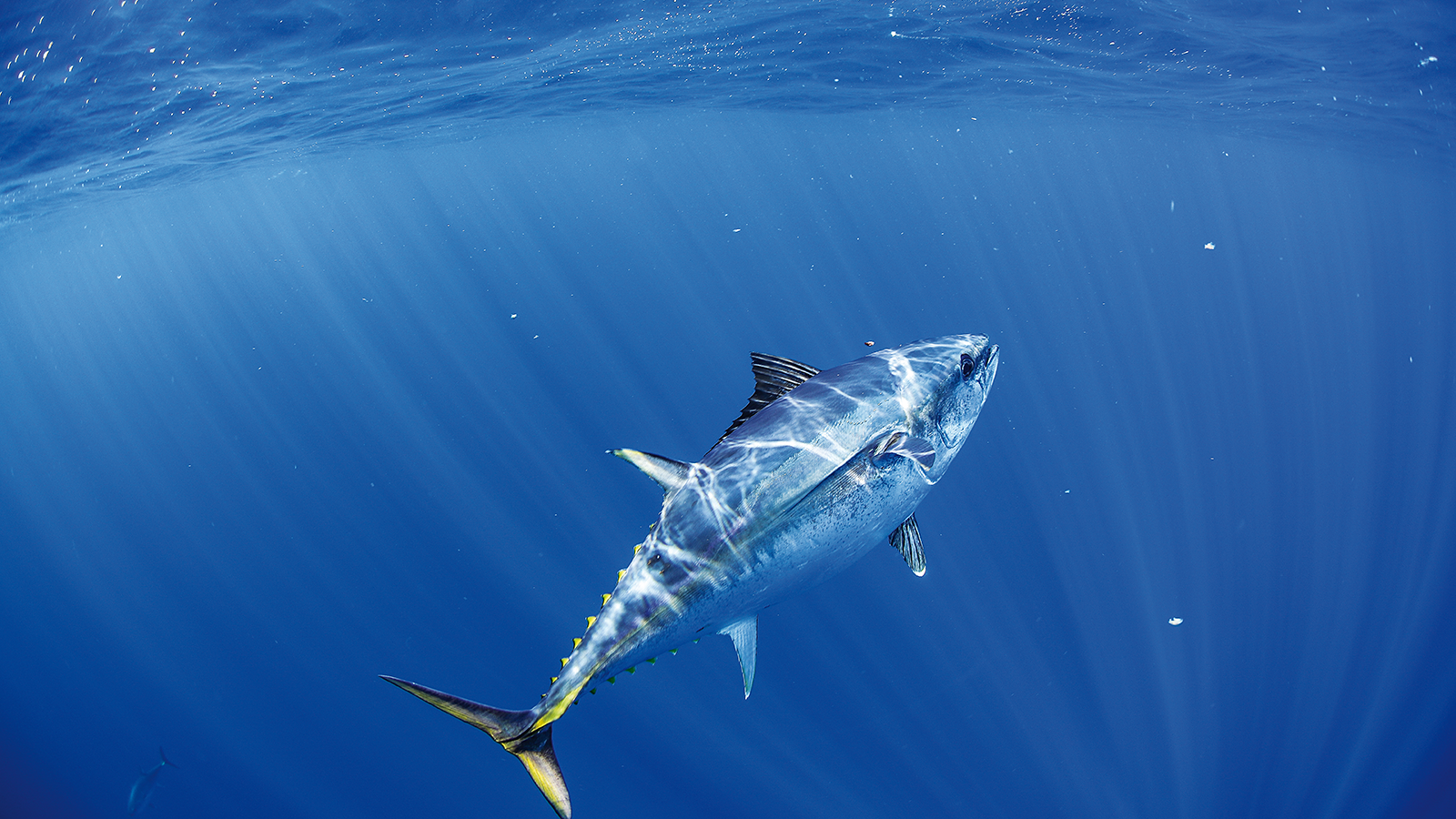The proposed work directly targets the opportunity
• to benchmark bycatch reduction devices (including escape vents) and strategies currently in use in the Queensland Crab Fishery,
• to trial refined escape vents for better (i) retention of legal crabs and exclusion of non-legal crabs and fish bycatch.
Recommended refinements to the regulation of escape vents in commercial mud crab pots will be provided to Fisheries Queensland by October/November 2022 for potential inclusion in the next round of regulatory amendments to the Crab Fishery.
More appropriately specified escape vents will produce better commercial outcomes (i.e., retention of legal crabs) and better ecological outcomes (e.g. exclusion of sub-legal crabs and finfish prone to entrapment in crab pots). Reports from crabbers indicate that some of the regulated escape vents allow legal crabs to escape, whilst the small escape vent (75 x 60 mm) reportedly allows very little bycatch to escape. A quantitative study that encompasses regional variation in mud crab morphometrics (i.e., carapace depth/height ~carapace width) would provide empirical data upon which management decisions can be objectively made.
Better documentation on marine turtle entrapment in crab pots (which is currently of limited public access) and gear modification to efficiently reduce or prevent marine turtle entrapment would be of benefit to threatened and endangered marine turtle populations of Queensland (in particular loggerhead turtles) and would contribute to the development of a risk mitigation strategy for the fishery.
Final report
The ongoing issue of marine turtle interactions with crabbing apparatus, including a recent increase of stranding reports, led to the research also collating available information about these interactions to support a risk mitigation strategy for the fishery’s interaction with protected marine turtle species.








